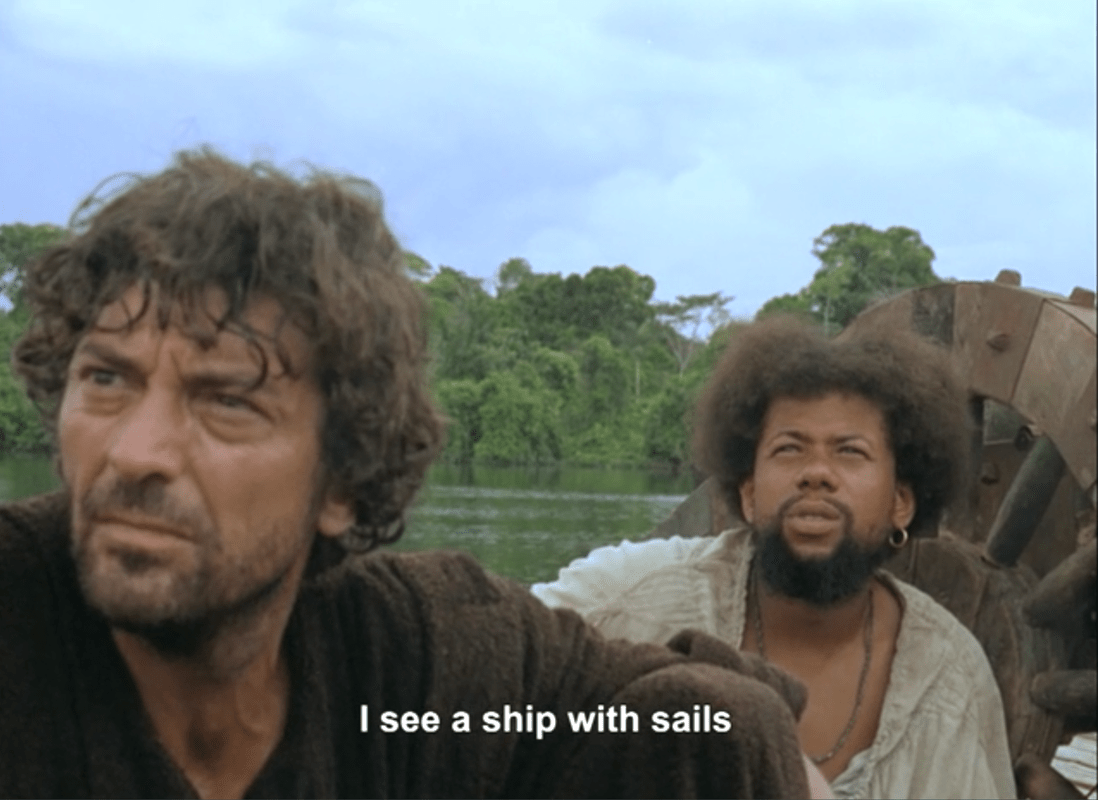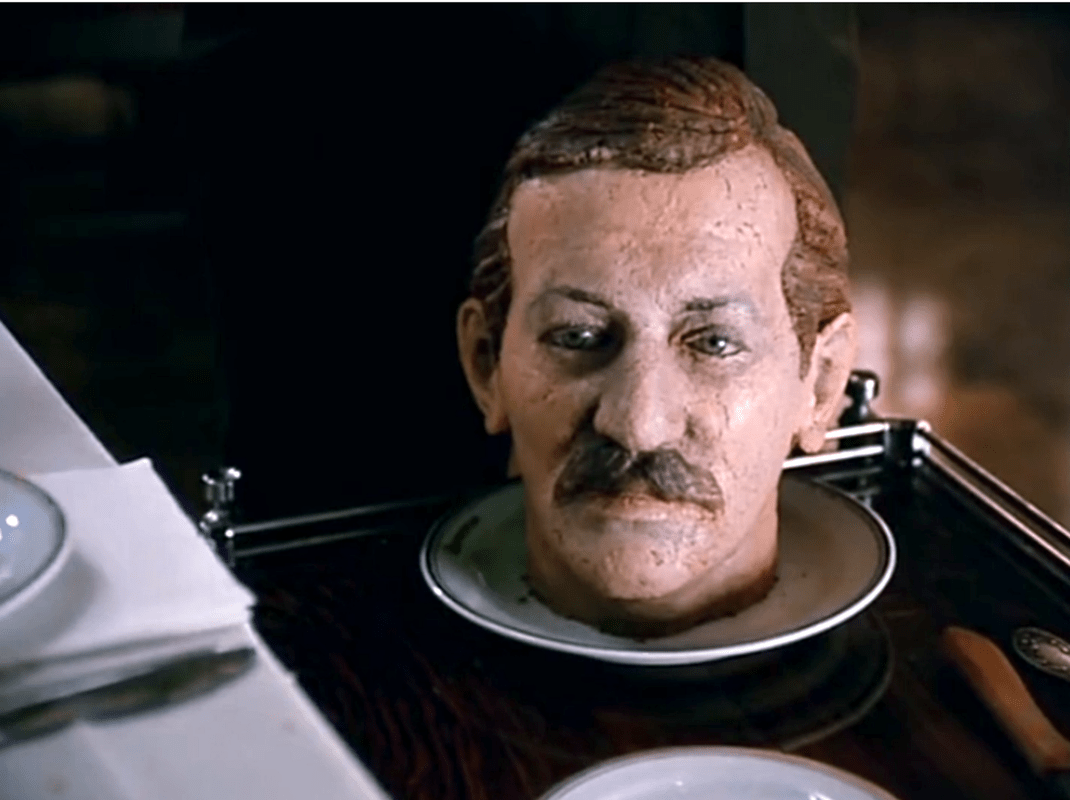
When I was young, I heard that there was this musician named Sun Ra who dressed like an ancient Egyptian and claimed he was from Saturn. I tried listening to some of his music, but it didn’t make any sense to me. It was weird and seemed to wander around aimlessly. I never learned much more about him until years later.
As an adult, I still don’t want to spend an afternoon listening to Sun Ra’s music, but I would readily listen to him talk. The man had a unique vision, one that may not have had a lot of practical applications, but as a grand, metaphysical conception of the universe, it was deeply interesting.
John Coney’s 1974 film Space Is The Place is an opportunity to learn from a well-rounded sampling of all things Sun Ra. The film feels like a campy blaxploitation satire, but Sun Ra may not have seen it that way. It’s hard to tell how much of his “character” is a genuine representation of what Sun Ra believes and how much is a persona he puts on for the world.
The premise of the film, and really the premise of Sun Ra, is that he has been sent by an intergalactic organization to save the black people of earth. His plan is to use his mind and his music to literally transport black people to a paradise planet where they can be free. It sounds a little like Rastafarianism, but what is unique about Sun Ra is the position he puts himself in. Leading the black man back home to Africa is not enough. It is still too embroiled in the white man’s idea of nations, and laws. Sun Ra plants his flag in outer space, where all of humanity’s assumptions can be questioned. He doesn’t want to just question civil rights or racism, he wants to dismantle the fundamental underpinning of our belief systems.
Near the beginning of Space Is The Place, Sun Ra comes to earth and visits some kind of black recreation center, with ping pong tables and posters of Angela Davis and Jimi Hendrix. The kids there don’t know what to make of this spaceman dressed like an Egyptian, and they question him.
“How do we know you are for real?” they ask, and San Ra explains,
“How do you know I’m real? I’m not real. I’m just like you. You don’t exist in this society. If you did, your people wouldn’t be seekin’ equal rights. You’re not real. If you were, you’d have some status among the nations of the world. So we are both myths. I do not come to you as a reality, I come to you as a myth. because that is what people are, myths.”
Sun Ra sounds a bit like Roland Barthes or Lacan here, deconstructing our sense of self. The problem is that these nuggets of poetic insight are mixed in with a lot of psychedelic nonsense that don’t seem to be anything more than disordered ramblings.
Sun Ra was not alone in his fascination with space. Parliament-Funkadelic, Earth Wind and Fire, Captain Sky, and other funk groups were talking about motherships and dressing up in all kinds of space-inspired paraphernalia. The word “Afrofuturism” was yet to be coined, but these groups were busy inventing it. The long history of horrors that black people suffered here on Earth necessitated their leaving and starting fresh where Whitey couldn’t get at them. Even the Nation of Islam had its own outer space savior narrative about the mother plane.

Sun Ra wrote Space Is The Place and, like his thought patterns, the film weaves several different themes together. On one level, the film is a story about Sun Ra getting to know Earth’s youth, or really Earth’s youth getting to know him. Sun Ra walks around San Francisco planning his concert that will initiate the masses into his fold. However, several forces are trying to stop him. There are the police, as well as an evil pimp (as if there were any other kind) named Overseer. Overseer the pimp is really an avatar for some larger being or force, similar to the Devil. On an uncharted desert plane, maybe on another planet, Sun Ra and Overseer play cards with the fate of all black people in the balance.

The film slides back and forth between being a biblical depiction of a holy war, a science fiction, action, thriller, a music video, a treatise on civil rights, a call for black power, and a comedy. The list makes the film sound richer than it is, but it does contain quite a few elements. Unfortunately, none of the elements are given an opportunity to really develop. The film is a restless series of ideas, some of which beg for more attention.
I think an argument could be made that Sun Ra suffered from schizophrenia. If you listen to his interviews, his mind is very chaotic, but that is not to say that it does not contain insight and/or wisdom. The further out you are from the norm. the greater the vantage point you have for viewing our society, and Sun Ra is way out there.
He may not have left a giant fanbase behind, but many musicians in jazz, pop, hip hop, and punk swear by his innovations and virtuosity. The film culminates with some concert footage, but even that is not given enough time to fully express itself. As difficult as it was to follow, and as rag tag as the production was, the film could have used another 40 minutes to flesh itself out.
Sun Ra went on to write books of poetry, philosophy, and religion and to record numerous albums. There will not soon be another like him.
If you enjoyed this article you might also enjoy - https://filmofileshideout.com/archives/christopher-st-johns-strange-odyssey-top-of-the-heap/




